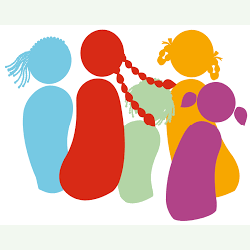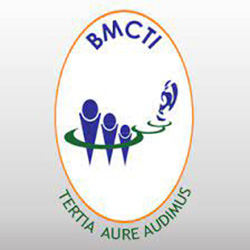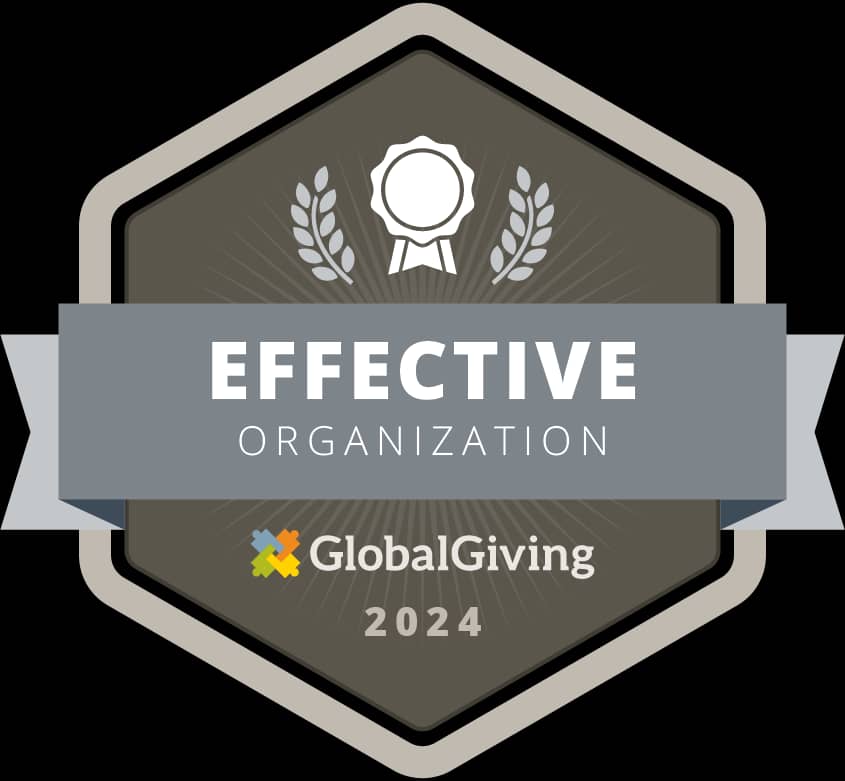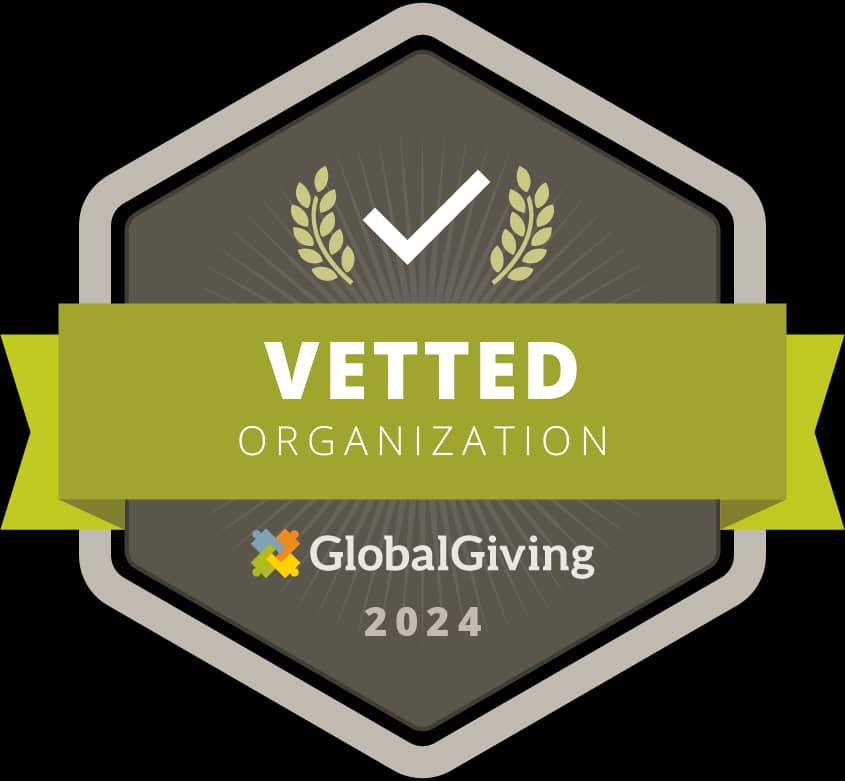1.HOW TO REVENT GETTING HIV FROM ORAL SEX
In general, there is little to no risk of getting or transmitting HIV from oral sex. Theoretically, transmission of HIV is possible if an HIV-positive man ejaculates in his partner’s mouth during oral sex. However, the risk is still very low, and much lower than with anal or vaginal sex.
Oral sex involves putting the mouth on the penis (fellatio), vagina (cunnilingus), or anus (anilingus). There’s little to no risk of getting or transmitting HIV through oral sex. Factors that may increase the risk of transmitting HIV through oral sex are oral ulcers, bleeding gums, genital sores, and the presence of other sexually transmitted diseases (STDs), which may or may not be visible.
While there is little to no risk of getting HIV from oral sex, using a barrier (for example, a condom, dental dam, or cut-open nonlubricated condom) can further reduce your risk of getting or transmitting HIV and protect you and your partner from some other STDs, including gonorrhea of the throat and hepatitis.
The risk is also lower if the HIV-positive partner is taking medicine to treat HIV (called antiretroviral therapy or ART), or if the HIV-negative partner is taking medicine to prevent HIV (called pre-exposure prophylaxis or PrEP). Both PrEP and ART need to be taken the right way every time in order to work.
Because your mouth may come into contact with feces or other body fluids during oral sex, it is important that you talk to a health care provider about your chances of getting hepatitis A and B.
-
ABSTINENCE THE ONLY 100% EFFECTIVE HIV PREVENTION OPTION
Abstinence means not having oral, vaginal, or anal sex. An abstinent person is someone who’s never had sex or someone who’s had sex but has decided not to continue having sex for some period of time. Abstinence is the only 100% effective way to prevent HIV, other sexually transmitted diseases (STDs), and pregnancy. The longer you wait to start having oral, vaginal, or anal sex, the fewer sexual partners you are likely to have in your lifetime. Having fewer partners lowers your chances of having sex with someone who has HIV or another STD.
- HOW WELL DO CONDOMS PREVENT HIV?
If you use them the right way every time you have sex, condoms are highly effective in preventing HIV infection. But it’s important to educate yourself about how to use them the right way.
Condoms can also help prevent other sexually transmitted diseases (STDs) you can get through body fluids, like gonorrhea and chlamydia. However, they provide less protection against STDs spread through skin-to-skin contact, like human papillomavirus or HPV (genital warts), genital herpes, and syphilis.
There are two main types of condoms: male and female.
Male Condoms
- A male condom is a thin layer of latex, polyurethane, polyisoprene, or natural membrane worn over the penis during sex. Learn the right way to use a male condom.
- Latex condoms provide the best protection against HIV. Polyurethane (plastic) or polyisoprene (synthetic rubber) condoms are good options for people with latex allergies, but plastic ones break more often than latex ones. Natural membrane (such as lambskin) condoms have small holes in them, so they don’t block HIV and other STDs.
- Use water- or silicone-based lubricants to lower the chances that a condom will break or slip during sex. Don’t use oil-based lubricants (for example, Vaseline, shortening, mineral oil, massage oils, body lotions, and cooking oil) with latex condoms because they can weaken the condom and cause it to break. Don’t use lubricants containing nonoxynol-9. It irritates the lining of the vagina and anus and increases the risk of getting HIV.
Female Condoms
- A female condom is a thin pouch made of a synthetic latex product called nitrile. It’s designed to be worn by a woman in her vagina during sex.
- When worn in the vagina, female condoms are comparable to male condoms at preventing HIV, other STDs, and pregnancy. Some people use female condoms for anal sex. We don’t currently know how well female condoms prevent HIV and other STDs when used by men or women for anal sex. But we do know that HIV can’t travel through the nitrile barrier.
- It is safe to use any kind of lubricant with nitrile female condoms.
Even if you use condoms the right way every time you have sex, there’s still a chance of getting HIV. For some individuals at high risk of getting or transmitting HIV, adding other prevention methods, like taking medicines to prevent and treat HIV, can further reduce their risk
- CAN MALE CIRCUMCISION PREVENT HIV?
Circumcised men are less likely than uncircumcised men to get HIV from HIV-positive female partners, but circumcision doesn’t decrease their risk as much as other prevention options. There is no evidence that male circumcision decreases a woman’s risk of getting HIV, and the evidence about the benefits of circumcision among gay and bisexual men is inconclusive.
Circumcised men should take other actions, like using condoms the right way every time they have sex or taking medicine to prevent or treat HIV, to further reduce their risk of getting HIV or to protect their partners.
- IF I AM LIVING WITH HIV, HOW CAN I PREVENT PASSING IT TO OTHERS?
There are many actions you can take to lower your risk of transmitting HIV to a partner. The more actions you take, the safer you can be.
- The most important thing you can do is to take medicines to treat HIV infection (called antiretroviral therapy, or ART) the right way, every day. These medicines reduce the amount of virus (viral load) in your blood and body fluids. They can keep you healthy for many years and greatly reduce your chance of transmitting HIV to your partners if you have a very low or undetectable viral load.
- If you’re taking medicines to treat HIV (ART), follow your health care provider’s advice. Visit your health care provider regularly and always take your medicines as directed.
- Use condoms the right way every time you have sex. Learn the right way to use a male condom.
- Choose less risky sexual behaviors. Anal sex is the highest-risk sexual activity for HIV transmission. If your partner is HIV-negative, it’s less risky if they’re the insertive partner (top) and you’re the receptive partner (bottom) during anal sex. Oral sex is much less risky than anal or vaginal sex. Sexual activities that don’t involve contact with body fluids (semen, vaginal fluid, or blood) carry no risk of HIV transmission.
- If you inject drugs, never share your needles or works with anyone.
- Talk to your partners about pre-exposure prophylaxis (PrEP), taking HIV medicines the right way, every day to prevent HIV infection. See Can I take medicines to prevent getting HIV?
- Talk to your partners about post-exposure prophylaxis (PEP) if you think they’ve recently had a possible exposure to HIV (for example, if they had anal or vaginal sex without a condom or if the condom broke during sex). Your partners should talk to a health care provider right away (within 72 hours) after a possible exposure. Starting PEP immediately and taking it daily for 28 days will reduce their chance of getting HIV.
- Get tested and treated for other STDs and encourage your partners to do the same. If you are sexually active, get tested at least once a year. STDs can have long-term health consequences. They can also increase the risk of getting or transmitting HIV.
Also, encourage your partners who are HIV-negative to get tested for HIV so they are sure about their status and can take action to keep themselves healthy.

















